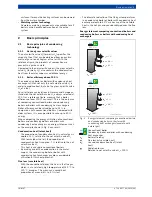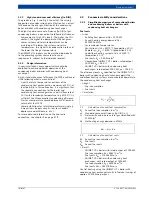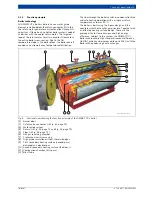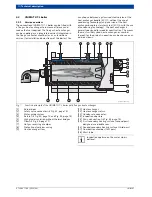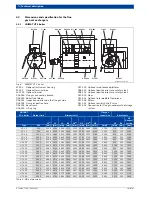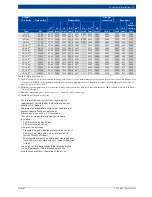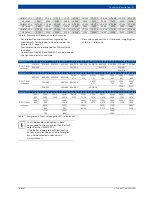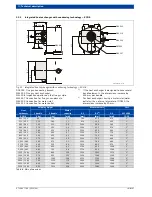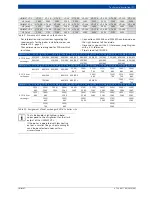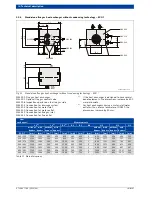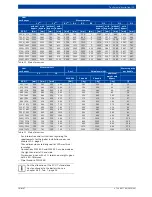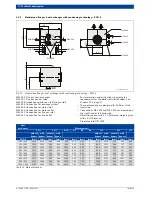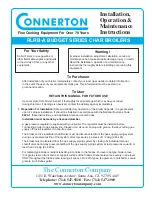
Basic principles
|
5
6 720 807 794 (2013/04)
UNIMAT
surfaces. It means the heating surfaces can be viewed
from the water chamber.
•
Matching system technology
Numerous matching components are available for all
boilers, which enable optimisation of the entire
system.
2
Basic principles
2.1
Basic principles of condensing
technology
2.1.1
Net and gross calorific values
The net calorific value H
i
(formerly H
u
) specifies the
amount of heat that can be obtained from one cubic
metre of gas or one kilogram of fuel oil. With this
reference figure, the products of combustion are
present in a gaseous state.
Compared to the net calorific value H
i
, the gross calorific
value H
s
(formerly H
o
) also contains the condensation
heat from the water vapour as additional energy.
2.1.2
Boiler efficiency above 100 %
The condensing boiler or boiler with condensing heat
exchanger utilises not only the net calorific value H
i
in
order to produce heat, but also the gross calorific value
H
s
of a fuel.
For all efficiency calculations in German and European
standards, the net calorific value H
i
is always selected at
100 % as a reference figure, meaning that a boiler
efficiency of over 100 % can result. This is the only way
of comparing conventional boilers and condensing
boilers or boilers with condensing heat exchangers.
Boiler efficiency can be raised by up to 15 % in
comparison with conventional boilers. Compared with
older systems, it is even possible to save up to 40 %
energy.
When comparing the energy utilisation of conventional
boilers and condensing boilers or boilers with
condensing heat exchangers, an energy statement such
as the example shown in Fig. 3 can result.
Condensation heat (latent heat)
• The proportion of condensation heat in natural gas is
approx. 11 %, relative to the net calorific value H
i
.
With low-sulphur fuel oil, the proportion of
condensation heat is approx. 7 %, relative to the net
calorific value H
i
.
This heat is unused in conventional boilers.
• By making use of the condensation in the water
vapour, the condensing boiler or boiler with
condensing heat exchanger enables considerable
utilisation of this heat potential.
Flue loss (sensible heat)
• With the conventional boiler, the heat in the flue gas,
which is at a relatively high temperature of 150 °C to
210 °C, escapes. This means an unused heat
proportion of around 6 % to 9 % is lost.
• The dramatic reduction of the flue gas temperatures
in a condensing boiler or boiler with condensing heat
exchanger down to 30 °C makes use of the sensible
heat in the hot gas and considerably reduces the flue
loss.
Energy statement comparing conventional boilers and
condensing boilers or boilers with condensing heat
exchangers
Fig. 3
Energy statement comparing conventional boilers
and condensing boilers or boilers with
condensing heat exchangers (example with
natural gas)
Conventional boiler
Condensing boiler or boiler with condensing
heat exchanger
η
K
Boiler efficiency
q
A
Flue losses (sensible heat)
q
L
Unused condensation heat (latent
heat)
q
S
Radiation losses
1)
Relative to net calorific value H
i
= 100 %
q
L
= 11 %
q
A
= 5,9 %
q
S
= 0,1 %
q
L
= 1,5 %
q
A
= 1 %
q
S
= 0,5 %
6 720 642 347-75.1il
η
K
= 94 %
111 %
1)
111 %
1)
η
K
= 108 %





